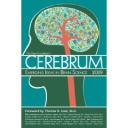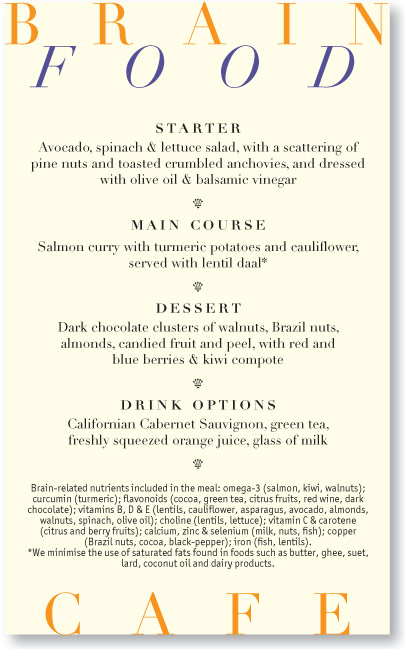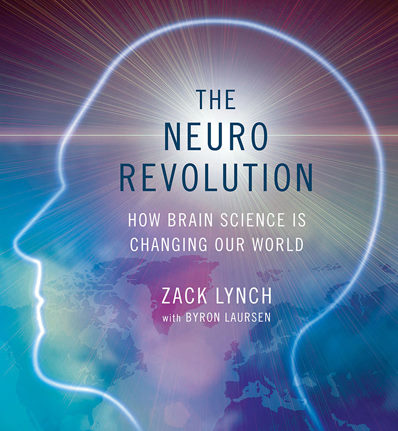Design Inspiration from Extreme Mental States
Tuesday, March 31st, 2009 As a cognitive designer I am always on the look out for new scientific insights into extreme mental states such as the aesthetic experience, religious beliefs, sudden enlightenment and the like. My hope is that we can use insights into such states to design more cognitive impact into our otherwise mundane services, programs and products.
As a cognitive designer I am always on the look out for new scientific insights into extreme mental states such as the aesthetic experience, religious beliefs, sudden enlightenment and the like. My hope is that we can use insights into such states to design more cognitive impact into our otherwise mundane services, programs and products.
A recent article, Religious Ideas Burrow into our Brain, tries to unpack the cognitive science of religious belief. The key to their cognitive power lies in the fact that religious beliefs are counter intuitive (concern other worldly entities and events) and yet are strongly endorsed by authority figures such as parents.










